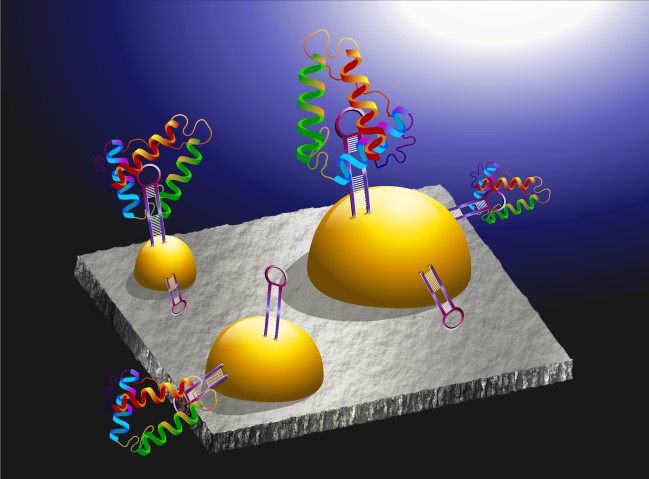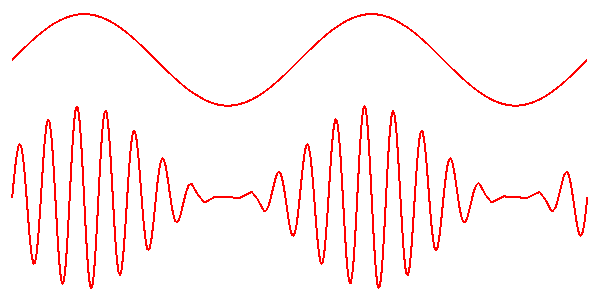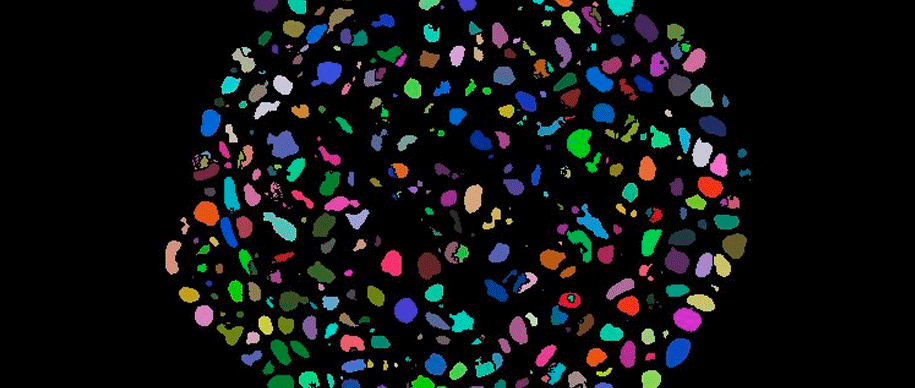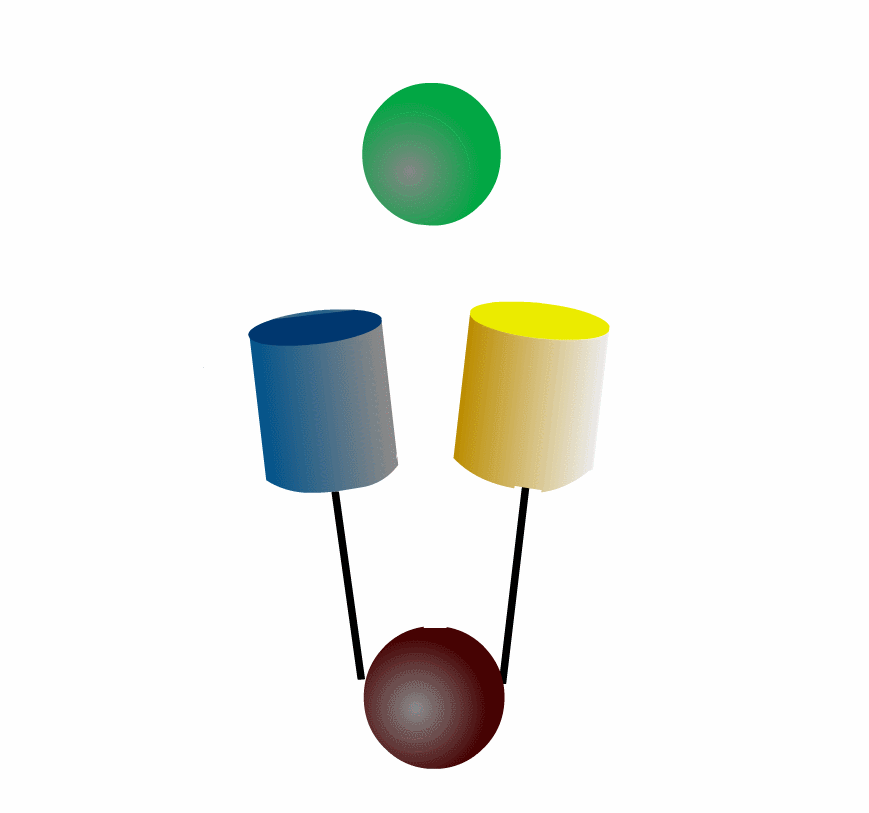_ Department of Nano Bioelectrical Laboratory (Nano Biosensors)
Description of wireless communication between electronic nano bio sensors Nano Bio sensor
Researcher and author: Dr. ( Afshin Rashid)


Note: In addition, there are many nano sensor technologies that require the use of external stimulation and measurement to work. Wireless communication between nano sensors and micro and macro equipment can meet this need.
Regarding nano sensors, their measurement performance requires that they be placed inside the environment from which they must measure parameters, and the area covered by a nano sensor is limited to its surrounding environment. Meanwhile, a network of nano sensors can cover a wider area and perform more network processing . The molecular method is to send and receive coded information in molecules , while the electromagnetic communication is to send and receive electromagnetic radiation from various nano devices. Among these methods, the molecular method and the electromagnetic method are among the wireless methods .


In the electromagnetic communication method, the electromagnetic communication between nano sensors is dependent on the development and construction of two important parts, the nano antenna and its corresponding transceiver in the nano scale, graphene-based antennas are used to transmit EM waves. . Graphene is a very thin monoatomic sheet of confined carbon atoms placed on a crystal lattice . Due to the very small dimensions of nano sensors, nano antennas need to have a very high working frequency to be usable. However, the use of graphene helps to solve this problem to a great extent.


Nanotechnology includes devices and tools , one of whose dimensions is about one to several hundred nanometers. Based on this , if the antennas used in the nano parts are to be within this range, it should be expected that the electromagnetic waves used in the communication of these systems and devices will be around several tens of terahertz, which will include the wavelengths of the infrared, visible and ultraviolet regions. became
Conclusion :
Researcher and author: Dr. ( Afshin Rashid)
Specialized doctorate in nano-microelectronics


